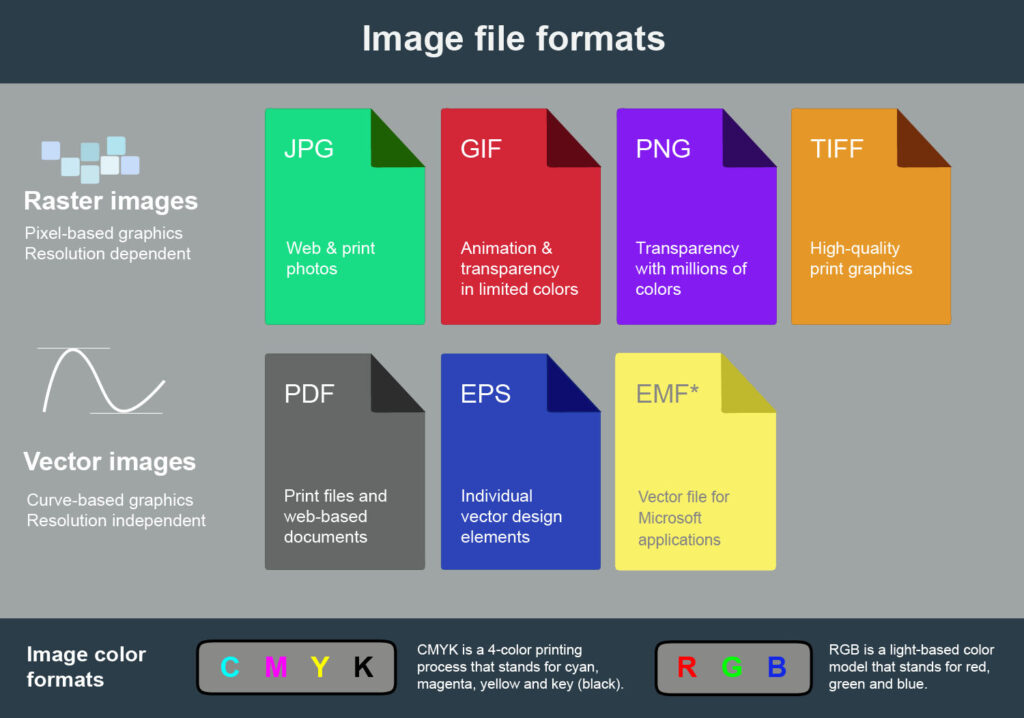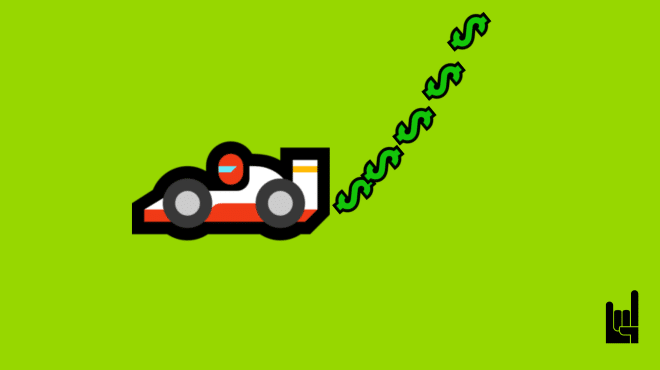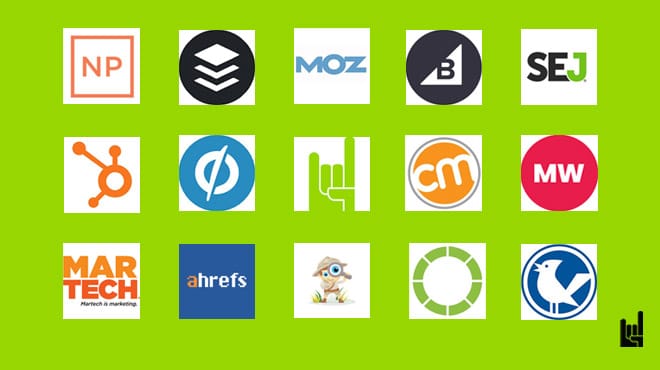Just like evergreen trees that remain green and healthy throughout the year, evergreen content, named after them, stays relevant and valuable over time.
However, much like the trees, content needs a bit of attention once in a while. What is known as refreshing and republishing content.
Here’s the complete checklist to make this happen.
1. Search intent
First things first. Search intent is the backbone of any search-related content. Search intent is essentially the reason behind a user’s query—what they’re hoping to achieve or find by searching for that keyword.
By understanding search intent, you understand the kind of content you need to create. That said, search intent can change, as Google continuously updates its algorithms and reinterprets user behavior and queries based on shifting trends.
So it’s possible that you created a piece of content last year for a specific query that no longer matches the search intent. The keyword you initially targeted might not mean the same anymore.
How to check for any shifts:
- Re-run the search for your primary keyword and take a good look at what’s currently ranking on the first page.
- Analyze the top results: Is the content still mostly informational? Or has it shifted towards transactional, navigational, or something else entirely?
- Examine the featured snippets and rich results: Are new formats like video or image carousels taking over the SERP?
Here’s an example from one of our clients. Using Ahrefs, on the left you see the SERPs top 10 from a few years ago, and on the right how the SERPs today:
As you see, Mindvalley used to rank in the first position for the keyword “higher self” through its blog post titled “The Power of the Higher Self: How to Access It”. However, we noticed a massive drop in traffic that took place in recent years. Upon further examination, it was found that the search intent had shifted.
At one point in time, the search intent was about how one can connect with their higher self, it now is about defining and understanding one’s higher self. In other words, intent changed from MOFU to TOFU. So the article will have to be rewritten from scratch for the most part to match the intent and then republished.
Sometimes, the search intent change can be even more dramatic. For instance, a query that once brought up blog posts might now prioritize product pages or videos. So you can no longer rank for that query through a blog post. This means that you should find higher-priority targets for your content republish.
2. Keyword research
Keyword research isn’t a “set it and forget it” kind of task, especially when you’re refreshing old content. Unlike in the case of a search intent shift like we just examined, your original keyword might still be relevant. However, trends evolve, and so do search patterns. This is why updating your keyword research is essential—you might find new opportunities or gaps that didn’t exist when you first published.
As search behavior shifts, new variations of your keyword or even entirely new long-tail keywords can pop up. Including these in your revamped content can boost your ranking potential. Not to mention, it’ll make your article more comprehensive and better aligned with user expectations and your SEO strategy overall.
How to conduct updated keyword research:
- Use SEO tools like Ahrefs, SEMrush, or Google’s Keyword Planner to hunt down new variations of your primary keyword. Keep an eye out for high-volume, low-competition phrases.
- Look for related keywords and questions people are now searching for that might not have been as prominent when your article was first published.
- Expand your content by adding missing keywords or new subtopics to cover a broader range of queries.
Incorporating fresh keywords not only ensures your content stays relevant, but it also gives you a better chance to capture different audience segments.
3. Linking
External and internal links need both to be checked, albeit through a different process.
External linking
External links should provide your readers with additional high-quality and relevant resources. However, over time, these links can become outdated or irrelevant. To maintain the authority of your content, make sure you’re linking to up-to-date and trustworthy sources.
How to refresh external links:
- Check for any broken links using tools like Ahrefs, Screaming Frog, or Google Search Console.
- Replace outdated sources with newer studies, articles, or data.
- Evaluate the credibility of linked sites to make sure they’re still relevant and authoritative and always follow a white-hat SEO approach.
Internal Linking
Internal linking involves two different kinds of checks when updating old posts:
- Add links to new content: Since you last published this article, chances are you’ve written more related pieces. So you should check if there are any anchor texts that you link all these new articles from.
- Link from other articles: Besides adding new internal links, see if other more recent articles can link back to this updated post. The simplest way to do this is with a Google search operator for specific anchor text in your blog. Namely, site:yourdomain.com “keyword” OR “keyword” OR “keyword”…
For example, this is the search operator that I’m going to use upon publishing this particular blog post: site:growthrocks.com/blog “content republish” OR “republishing content” OR “republish”. Which gives 6 results:
So I’ll have first to see if this article really matches the context of any of these articles and then add it in the corresponding anchor text.
Of course, there are more ways that can help you with your internal linking. To automate your internal linking opportunities, we use Ahrefs’ Internal link opportunities tool. There’s also a filter for specific pages, however, from personal experience, it may or may not show you all opportunities. So you may end up doing this manually anyway.
4. Image optimization
Images do more than make your content look good—they’re also key to user experience and SEO. If your images aren’t optimized, you could be slowing down your page or missing out on valuable search traffic. When refreshing your content, don’t forget to give your images some love.
Here’s how to optimize your images:
- Placement matters: Position your images near the relevant text to enhance the reader’s experience. Visual context is everything.
- Use relevant, unique visuals: Avoid generic stock photos. Instead, opt for images that are directly related to your content. Unique images not only engage your audience but can also improve SEO.
- Choose the right file format: Use JPEGs for detailed images and PNGs for graphics with transparent backgrounds. Picking the right format helps with loading speed.

- Mobile-friendly is a must: Make sure your images are responsive and display properly on all devices, especially mobile. Mobile-friendliness boosts user experience and can even help with SEO rankings.
- Right-size your images: High-resolution images look great but can slow down your site if the file sizes are too big. Use appropriately sized images to keep your load times fast.
- Compress images without losing quality: Tools like TinyPNG or ImageOptim can shrink file sizes without compromising quality, speeding up load times and improving SEO.
- Rename your files smartly: “IMG1234FINAL.jpg” is usually not a good image file name. You better rename your images with descriptive, keyword-rich names like “blue-widget-product.jpg” to help search engines understand the image.
- Alt tags are your friend: Write clear and descriptive alt text for each image. This not only improves accessibility but also gives search engines more context, which can boost your rankings.
💡 Also read: Image Optimization for SEO: The Complete 8-Point Checklist
5. Other
When refreshing and republishing your content, it’s easy to focus on the visible aspects like text and images. But let us not forget some essential SEO elements that can have an impact.
A. Title and header tags: Clear and keyword-Rich
Your title tag is one of the most important on-page SEO factors. It should be concise, include your primary keyword, and clearly explain what the page is about. A compelling, keyword-optimized title can dramatically increase click-through rates from the search engine results page (SERP).
Header tags (H1, H2, H3, etc.) help organize your content and guide both readers and search engines. The H1 should align with the title and include your primary keyword. H2 and H3 tags break the content into logical sections, improving readability while providing opportunities to sprinkle in secondary keywords.
B. Meta descriptions: The invitation to click
Although meta descriptions don’t directly impact rankings, they influence whether users click on your article. A well-crafted meta description, including your primary keyword and a call to action, can encourage users to choose your link over others.
Keep it concise (around 150–160 characters), and make sure it summarizes the content accurately while enticing the reader.
C. URL structure: Keep it simple
Your article’s URL should be short, descriptive, and include your primary keyword. If your current URL is too long or includes unnecessary parameters, consider simplifying it—but only if necessary.
If the URL is already indexed and generating traffic, make sure you implement the proper redirects to avoid losing any SEO value.
D. Content structure & readability: Format for skimmers
Most readers don’t read word-for-word—they skim. You’re probably doing right now, too. That’s why you should break large blocks of text into shorter paragraphs and use bullet points, numbered lists, and clear subheadings. This makes the content easier to scan and improves the overall user experience.
Additionally, avoid jargon and overly complex sentences. Keep it simple, clear, and accessible. Tools like the Hemingway Editor or Grammarly can help you check readability. Visuals like images, charts, and infographics can also break up long stretches of text, making the article easier on the eyes.
Conclusion
That’s it. You now have the complete checklist for your next content republish.
Depending on the case, some posts may take you no more than a handful of hours to refresh but others may
If you have any questions regarding republishing content or you need help with your content marketing, you can contact us here. You’ll hear back from us sooner than you may think!

I write for GrowthRocks, one of the top growth hacking agencies. For some mysterious reason, I write on the internet yet I’m not a vegan, I don’t do yoga and I don’t drink smoothies.



